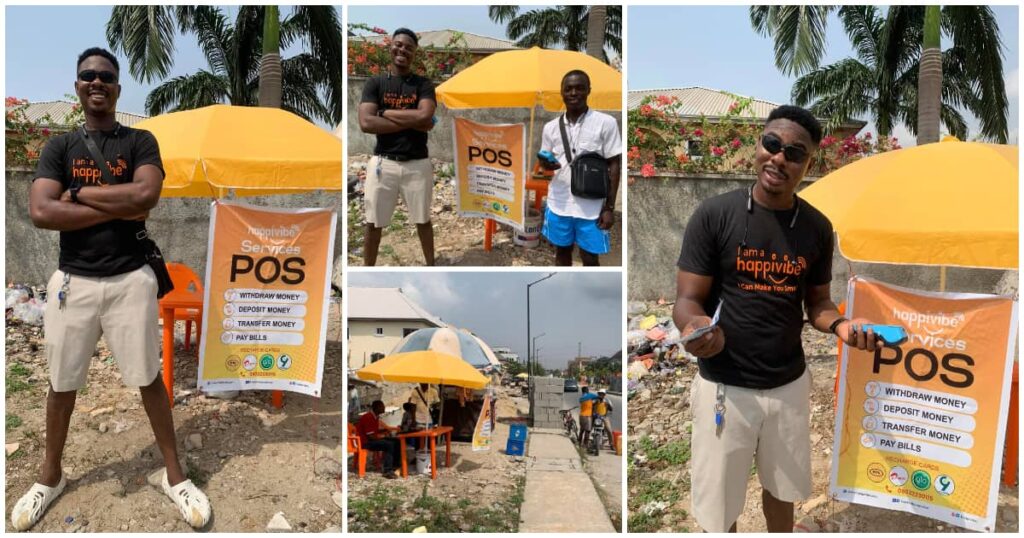 What I learned about AI in women’s magazines
What I learned about AI in women’s magazines
Hand over heart, how confident are you when it comes to implementing AI? Do you know exactly how and where to apply it in your organization? What tasks should be prioritized to automate or augment? What data will be needed? And who you should put in charge? If these questions make you nervous, you may have a case of AI related stress! It is not totally uncommon.Actually, it might be similar to what most teenage girls experience every spring.Not following me? Don’t worry, I explain all in my latest blog post below.
AI is a major shift that is just setting off.Some say it is a continuous devolvement from digitalization.Others mean that, so far, digitalization has only been leading up to AI transformation.Whichever point of view you prefer, there is consensus that AI will transform the way we work and organize.But the challenge is finding out how and what you need to do about it in order to stay ahead.
If you read the big business magazines, you may learn a lot about what is needed to implement AI, from management, business aspects or how to handle internal workflows.You know, the kind of useful insights that will help you stay up to date with trends and insights.
Nevertheless, reading the magazines can leave you with a sense of anxiety or even dejection.Have you ever wondered why?
The answer may lie in the sum of articles.
How AI is portrayed in international press
Not too long ago, I conducted some analysis regarding what was written in business magazines about AI and decision making.I targeted one of the global business magazines and gathered all articles published on the topic for one year prior.An interesting read.
The overarching theme is unsurprisingly ‘disruption’.
When I deconstructed the articles further, especially looking at their plot and their call to action, four clear narratives began to emerge.They unfolded in a spectrum, ranging from “reaping the possibility with AI’ to the ‘doom and gloom’ kind of story.
The four main narratives which tend to dominate AI coverage play out like this:
– Drive to desire – Time to seize the opportunities
A story that breathes of possibilities.It comes with the main message that it is time to seize the opportunities with AI’s great potential.
By investing in AI, the organization will become more efficient and prosperous.And solution is easy, by letting the human and AI workers focus on what they do best; AI on hard skills, like number crunching and predictions, and human employees on soft skills, like creativity and fostering relationships.This is where you want to be!
– Call to action – reshaping the organization
This story focuses on how the internal organization must adapt to the entrance of the new technology.In order to reach the AI promise land, you must engage the employees to partake in the quest.The organization needs to reshape, often by a shift in the leadership to empower the employees and flatten the hierarchy.
– Automatization anxiety – do I have what it takes?
The third type of story focuses more on questioning the hero, the organization, asking whether it has what it takes to survive in the AI era.
The challenge which the hero must overcome is the organization’s own lack of preparedness for the coming change, asking questions like “Do you have the right data?”.This is, of course, solved by using the tools offered in the story.
– Loss of jobs – how can we cushion the fall?
The final story is the doom and gloom one, clearly stating that this is a tragedy unfolding as AI outperforms humans in all jobs.These stories stop short of offering tools for the organization to solve the challenge, but rather implore society (e.g.employers, educational systems and policymakers) to cushion the fall.
The different articles all describe a technology that will impact almost all aspects of an organization.
The wording is strong, emphasizing the need to act, disrupt and change.From this perspective, one can imagine that readers feel the urge to prepare and investigate how AI may be utilized in their own organization.
An all-too-familiar narrative
The deeper I dived in to the four narratives, the more striking the similarities with women’s magazines became.How? Well, for example, in women’s magazines the contents can also be highly contradictory.
As an example, while one article may focus on the season’s latest swim fashion, summer being around the corner, it drives a desire to be on trend.You want to look that good! However, in the pages that follow, the next spread may describe the best ways to lose weight in time for summer.
These articles may give the readers doubt that they have what it takes by implicitly accusing them of being overweight.But never you fear, articles are to be seen as friendly advice on exercise or healthier eating.Here’s where the contradiction really hits home: finally, in the last pages, a recipe for cupcakes is published.Why not give it all up and just eat some cake?
In short, there are three types of narrative at play in both magazines: The first story describes the potential (fashion or AI trends), giving the impression that possibilities are endless.
Then comes the second story which questions whether the reader really has what it takes (is your body good enough? Is your organization?) and offers tools to improve.The final story merely states that it might not matter, why not just give it all up (your job will be taken over by an AI overlord anyhow so why not just sit back and have a cake).
So, the next time you read a business magazine, or a women’s magazine for that matter, take some time to reflect on the sum of the different articles.After all, it may help you stay clear of the AI- (or beach-readiness) related stress or, at the very least, offer you an indication of where it’s coming from.
And, last but not least, if you decide to get some support moving forward, I would suggest finding an expert that understands your particular goals and challenges.But this requires going beyond the glossy magazines.
Read more
Looking for some honest AI reading this summer? I highly recommend reading “Possible Minds – 25 ways of looking at AI”, edited by John Brookman, Penguin press.
For the latest AI insights, based on credible consumer and industry data, I recommend spending a few minutes exploring
[Ericsson’s consumer lab](/en/reports-and-papers/consumerlab).Or, to learn more about Ericsson Research’s vision for intelligent society and industry, visit our [future technologies](/en/future-technologies) pages, particularly our AI-enabled [autonomous networks](/en/future-technologies/autonomous-networks) page.
Jan 27, 2023
[Network Functions Virtualization (NFV)](/en/nfv)
NFV
Nov 28, 2022
[Navigating digitalization](/en/connected-vehicles)
IoT, Connected vehicles, Digital transformation
Like what you’re reading? Please sign up for email updates on your favorite topics.
Subscribe now
At the Ericsson Blog, we provide insight to make complex ideas on technology, innovation and business simple..
